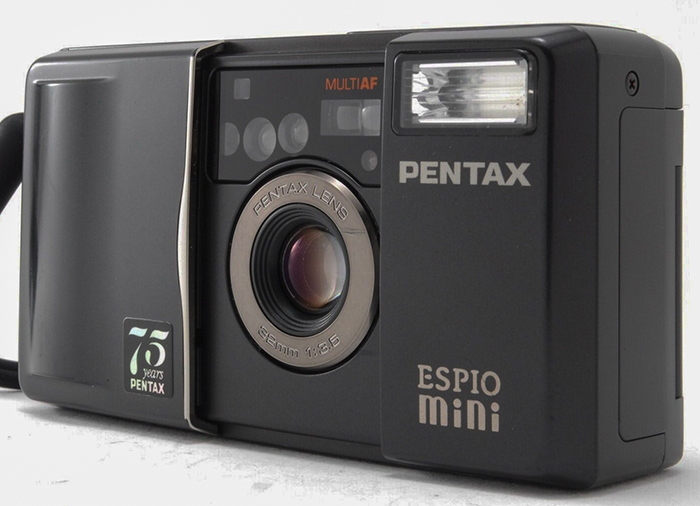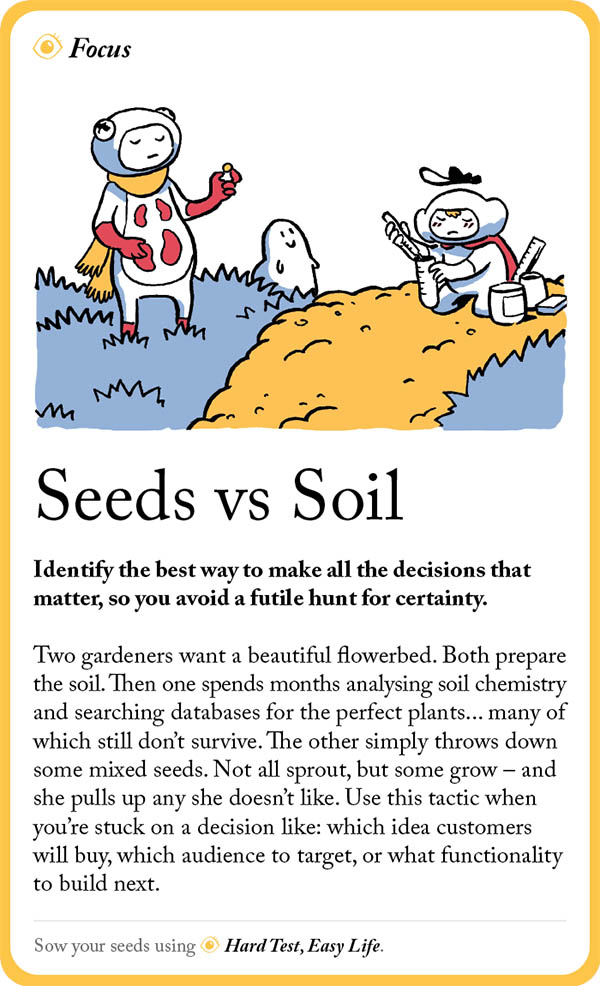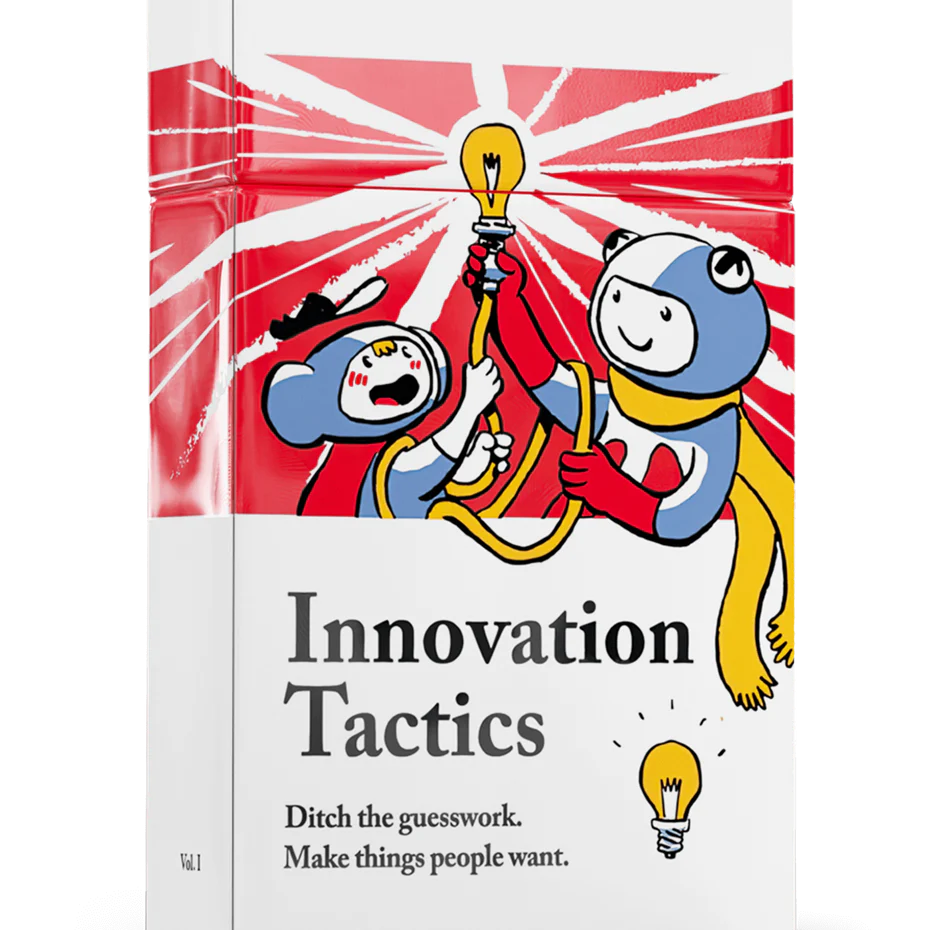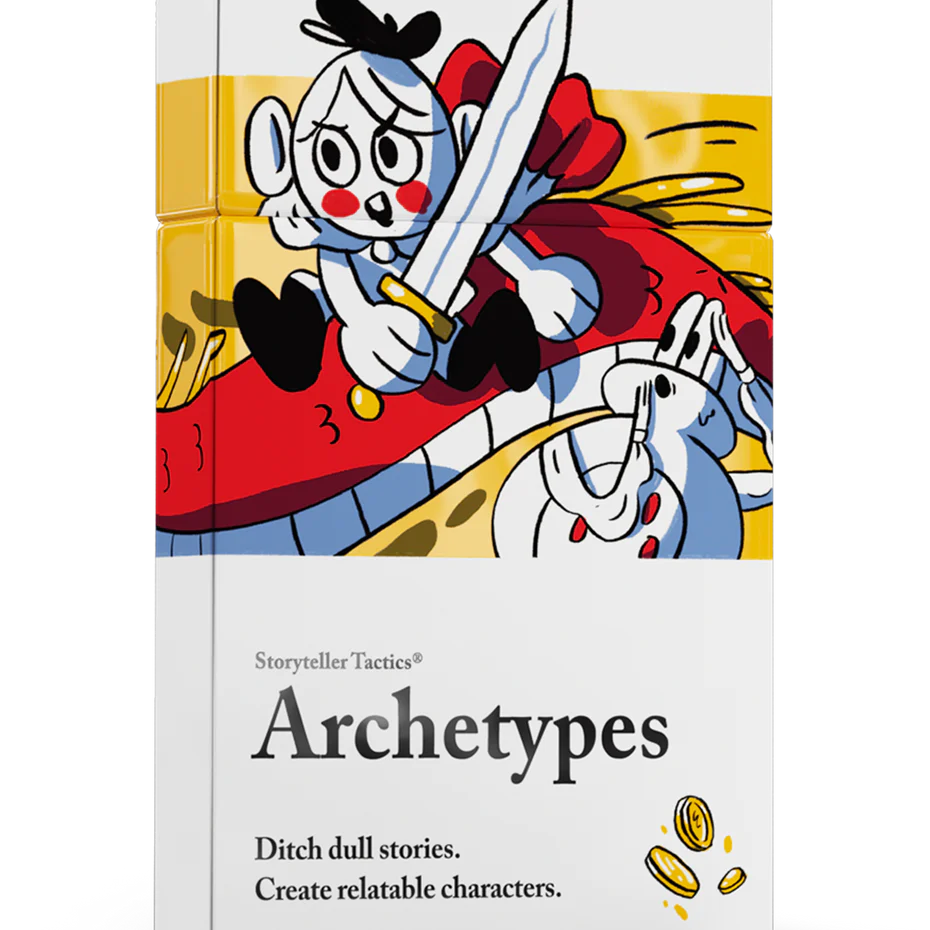Innovation Tactics for Product Design | New Pentax Film Camera
What can we learn from the redevelopment of an historic technology?
Many of the world’s largest corporations have reached a size and scale where they can craft anything imaginable within their area of expertise. An imaging company, for example, can focus on consumer and professional photography, medical imaging, deep space observation, topographic scanning, and plenty more.
Today, imaging companies can also venture into data management, because what is a digital photo other than the collection and management of data into a usable and meaningful image? But what products or services does a company choose to create under the umbrella of a particular brand that they own and manage?
What should a company make when they have the potential to make anything?
Many of the world’s largest corporations have reached a size and scale where they can craft anything imaginable within their area of expertise. But what products or services should a company make? That determination is a process of evaluating the environment, people, what they like, enjoy, think about, want, and hope for. It’s a process of shaping and transforming the possible into things that are usable and desirable.
To understand product innovation today, it can be helpful to follow and evaluate the process a company uses as they go about creating a new product. One of the most interesting projects I’ve seen is Rioch’s process of designing a new Pentax film camera. The company has even provided videos that describe the innovation tactics for product design they have used along the way as they have explored and tested camera features for the new Pentax film camera.
Why make a film camera as digital imaging continues to make leaps and bounds year after year, camera release after camera release? In the past decade film photography has grown from a niche activity to a major hobby, and even to a profession for many photographers. The variety of films being produced has expanded, and even very niche films are building a place for themselves. The chemistry that makes film has continued to evolve, just as digital has evolved, and for many photographers, it’s not one or the other, but both – digital and film finding a unique place within their photographic practice.
Let’s look at what we know from the company, as well as message boards and blogs, then examine the information through a set of development processes described in Innovation Tactics, a deck of innovation cards offered by Pip Decks.
What kind of camera will Rioch produce as the first Pentax branded film camera in this new project?
Company representatives met with people across the photography industry – a variety of types of photographers, resellers of used cameras, and those who maintain and repair cameras before choosing the first type of camera to design. And people asked for the world.
Chasm Crossings
This process is all about figuring out what to do when things are difficult or murky – when there are many possible solutions, but a limited number that can be realized. Engineering a new film camera is difficult from a technical and manufacturing perspective, but some of the greatest challenges are the decisions about what features to include, and what to exclude. How do people think about picture taking? What do they want from the past, and what do they want from the present or future? How do we manage the cost versus opportunity presented by the new camera? These are all great challenges that need to be faced.
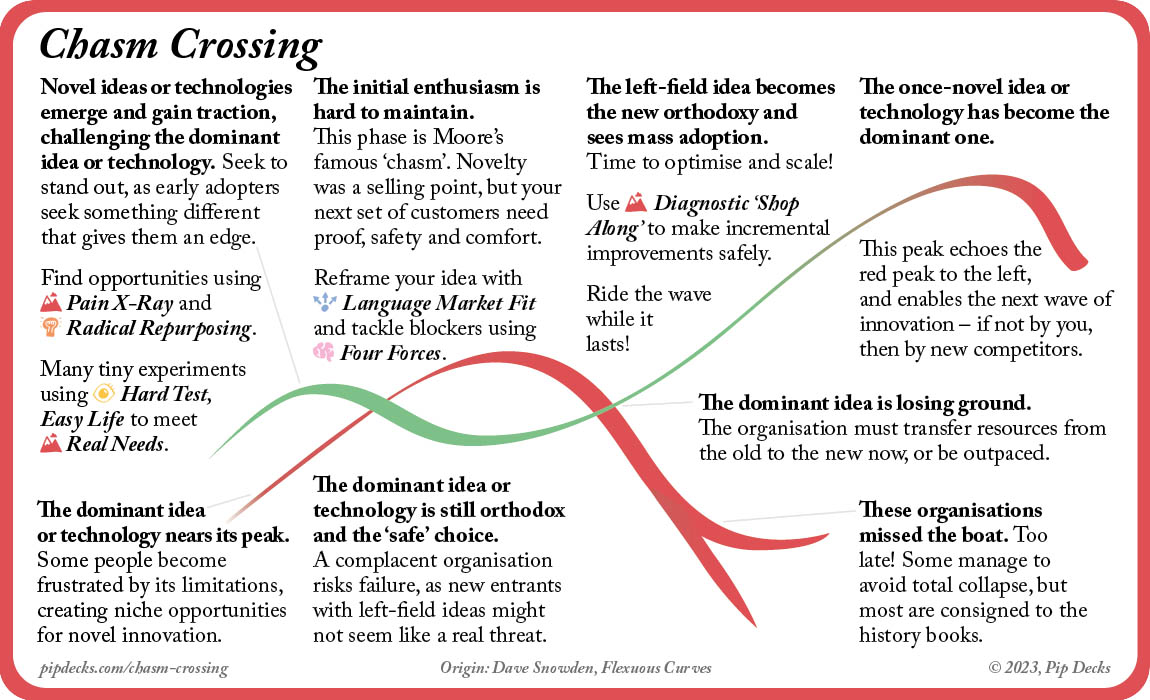
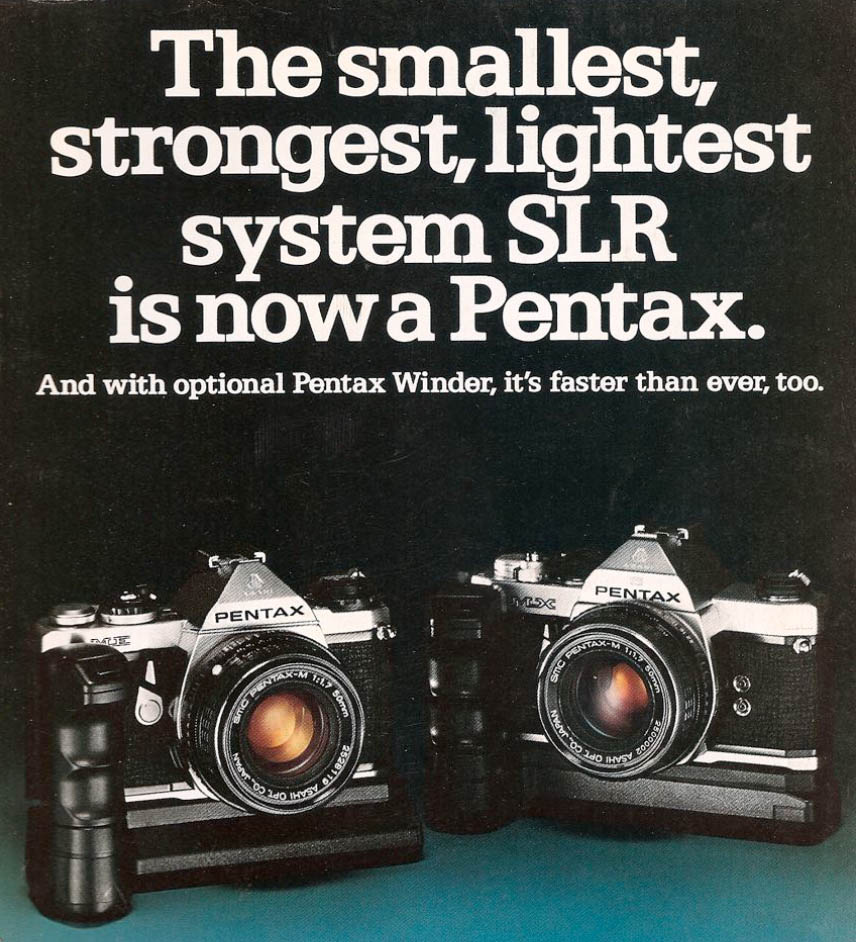
Some photographers want to see a new camera like the K1000. Built like a tank, these cameras will still operate even after their light meters have died because of their manual and mechanical features. Others asked for an automatic point-and-shoot. Still others want to see the next iteration of the MX, a compact single lens reflex camera that had manual features as well as modes like aperture priority, which set the shutter speed based on the aperture setting selected by the user.
Solution Aikido
Designers and inventors need to listen to customers, but listen askew. Because customers often miss what they have had, and how they have used what they have had, often fixating on that instead of thinking about what they might have and could or would use today and tomorrow.
The camera must fit within what Pentax is known for – and one of the things they are known for is creating some of the best cameras to learn from. The Pentax K1000 was and still is an ideal camera for students taking a traditional photography darkroom class. With completely manual features including focus, iris, film speed setting, and a built-in through-the-lens accurate light meter, it teaches you what you need to know about composing shots and getting what you intend out of your camera.
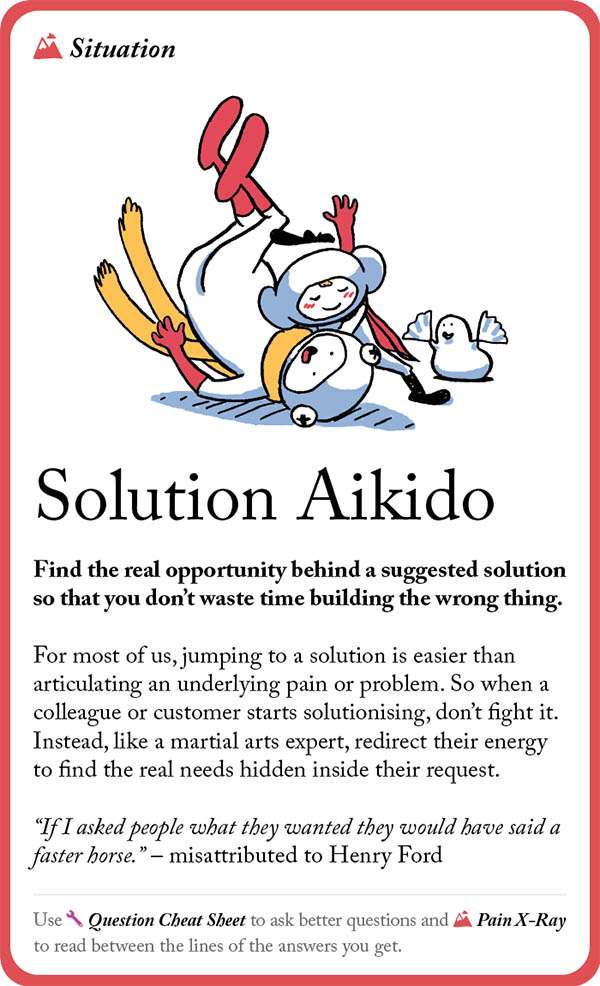
Anatomy of an insight
With customer input and a variety of current uses, we can call these “signals.” A good design team will recognize that a signal is not yet a solution, and that they need to do a lot of work around the customer journey and understanding how the new product will be used within people’s everyday lives.
The process can involve storytelling and customer journey mapping to sort out the bumps in the road.
When we look at what Pentax has told us about the new film camera, what’s fascinating is that they hav chosen to create a half-frame vertically aligned image, which doubles the number of shots you can take on a single roll of film, with a combination of automatic and manual features.
The vertical alignment is influenced by the vertical alignment many people choose when taking photos with their phone. It also mirrors the vertical scroll of Instagram and other social platforms.
The camera will also include a zone focus system using a fixed lens – that is it will allow the user to set the camera to focus, say from 3-5 feet, 5-11 feet, 11 feet to 25 feet, and 25 feet to infinity. Things within the zone will be in focus, and things in front of or behind the zone will be in soft focus or out of focus. Zone focus reduces the amount of time the user has to engage with the camera to “get the shot,” while slowing the photographer down enough to think about distance and what they want to see in focus. It’s a middle ground between full on face recognition and manual lenses.
This kind of shooting that can come from the first camera Pentax has described is great for on-the-go types of photography such as trips, family outings and the type of “making memories” photography that is at the heart of why people love photography in the first place. It could also be used for street photography and “about town” types of photographs. The camera will also incorporate manual features as well as automatic, opening the door to greater decision making by the photographer about the settings and what type of image they want to create.
I suspect one automatic feature will be aperture priority with the ability to add or subtract stops to have some control when light metering won’t get you what you want from your camera.
Seeds vs Soil
As a development team works with prototypes and new products it’s important for them to evaluate if they have the germ of an idea or if they are in fertile ground. Pentax has told us they are releasing more than one film camera this year, too much fanfare from film photographers. The cameras are likely a combination of seeds and soil – the cameras are exciting, and they are a test to see if the market will bear further development.
Competitors
One company that never stopped making cameras that shoot 35mm film is Leica. They have two models, one with an internal light meter, and another that is completely manual, with no light meter included. They also have also recently produced a re-release of their famous Leica M6 camera, with upgrades from the original based on their current production line.
These cameras are built around a rangefinder format, where the viewfinder doesn’t look through the lens. The format works well for street photography, but has gaps in terms of technical photography such as macro or telephoto shooting. These cameras are also expensive, starting above $5,000 new.
Lomo has produced a broad range of film cameras that qualify in the “toy” category. Simple, plastic lenses, limited controls, and a focus on chance, filters, and other simple effects to create fun and surprising images.
Where is the open territory?
A Single Lens Reflex (SLR) camera, where the viewfinder looks through the lens for precise framing and focus makes a lot of sense as a future camera design.
“The film camera of the future” that would blend features of today’s digital camera with images created on film is an enticing target for any innovative thinker. Auto-focus options and automatic winding also make a lot of sense in future cameras, though getting to eye or face detection would be a feat.
I suspect a lot of photographers would like to see a rugged, fully manual camera that can use k mount lenses, a lens format still in production, also makes a lot of sense. That would harken back to the K1000 format, which would continue to bring a lot of film photographers great joy.
Let’s wait and see! I’m very excited about the Pentax film project, and I look forward to getting at least one of these new cameras in my hands.
Become an Innovator
Interested in putting these and other innovation tactics to work as you develop new ideas, products, and services? Get the Innovation Tactics from Pip Decks. With processes to help you and your team work through the messy bits on your way to project resolution, it’s an invaluable tool for individuals and teams alike. Get 15% off your entire Pip Decks order with our affiliate links below.
Want to learn more about brand development?
In addition, increase your ability to create brand platforms and brand communications frameworks by taking my class: Brand Building to Create a Big Impact.
Stay Connected with Murdock Media Production!
If you like this content, subscribe to our YouTube channel for more on story archetypes, brand storytelling, and brand development.
And drop me a line with the form below to let me know how your brand building is going. I look forward to seeing how you discover your brand and go with your audience on your own unique journey.

